Secondhand Gifting Trend On the Rise this Holiday Season

New GlobalData survey finds that nearly half of consumers plan to buy secondhand holiday gifts this year, with Gen Z driving the trend.
Results from a new survey conducted by GlobalData show that secondhand gifting is on the rise this holiday season. The October 2020 survey, commissioned by thredUP, surveyed 1,000 women in the U.S. over the age of 18 about their changing perceptions and habits around secondhand gifting. The survey found that as the stigma of secondhand has faded and wastefulness has gone out of style, more consumers than ever before are planning to gift secondhand products this year.
“At thredUP, we’re getting a firsthand look at this secondhand gifting trend. Our gift card sales are up, as are commonly gifted secondhand brands and categories,” said Anthony Marino, thredUP President. “thredUP launched 10 years ago to modernize thrift and make used clothing the new normal. We’re thrilled to see the shift to thrift extend to gifting, as a new generation of consumers start to think secondhand first.”
“Secondhand has been a booming market over the past few years, but growth looks to reach new heights this holiday season. Increased consumer uncertainty, changing perceptions about resale, and ongoing concerns about sustainability seem to be driving this trend.” — Neil Saunders, Managing Director of GlobalData
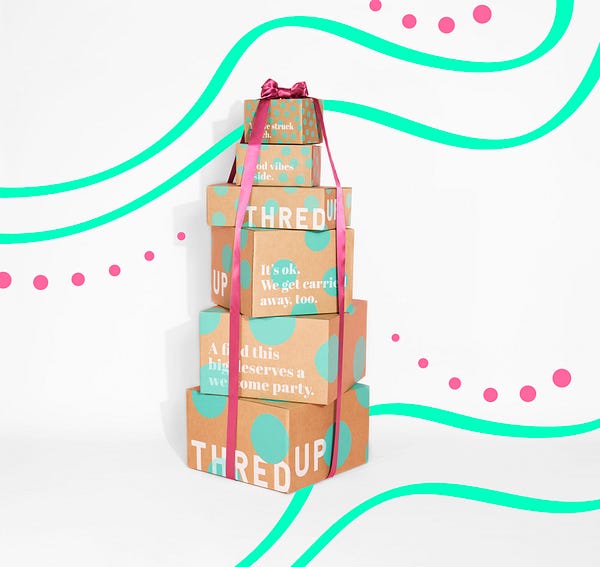

TOP 5 SURVEY HIGHLIGHTS:
#1. Nearly half [47.2%] of consumers surveyed by GlobalData said they plan to buy secondhand(1) gifts this holiday season, suggesting that up to 64 million consumers may give the gift of thrift.
This is 2.5 times as many consumers(2) who said they gave secondhand gifts five years ago, indicating that the consumer market for secondhand gifts has doubled. According to the survey, the most common secondhand gift is clothing, followed by homeware.
#2. Younger generations are driving the trend, with Gen Z most likely to give secondhand gifts.
1 in 2 Gen Z consumers surveyed are planning to give secondhand gifts this holiday season. Gen Z are least likely to see a stigma, with nearly 70% saying they are generally open to giving and receiving a secondhand gift.
#3. Consumers are gifting secondhand to be less wasteful — both environmentally and financially.
With an economic and planet health crisis looming, consumers are seeking to cut waste across the board. The number one reason consumers cited for buying secondhand gifts was to ‘shop more sustainably and ethically.’ Saving money was the next motivator, driven by 40% of consumers saying they plan to spend less on holiday gifts this year, and 70% saying they will spend the same or less. Millennials between the ages of 30–38 plan to cut their holiday gifting budgets the most.
#4. Many consumers believe secondhand products actually make better gifts.
A secondhand gift can be more meaningful, specifically for younger generations who value individuality in style and sustainability. Consumers surveyed cited ‘uniqueness’ and the ability to ‘gift more expensive brands’ as motivators for gifting secondhand products. Further, 1 in 2 consumers surveyed said they are equally as happy to receive a secondhand clothing gift versus a new one.
#5. Secondhand gifts are no longer taboo, and consumers are ‘proud’ to give them.
A GlobalData survey earlier this year (January 2020) found that 2 in 3 consumers are proud to wear secondhand clothing. This sentiment has extended to gifting, with 60% of consumers surveyed saying that secondhand gifts are more socially acceptable than they were five years ago. Only 16% of consumers surveyed think secondhand gifts haven’t become more socially acceptable. Further, more than half of consumers of all age groups say they are more open now than they were five years ago to receiving a secondhand gift.
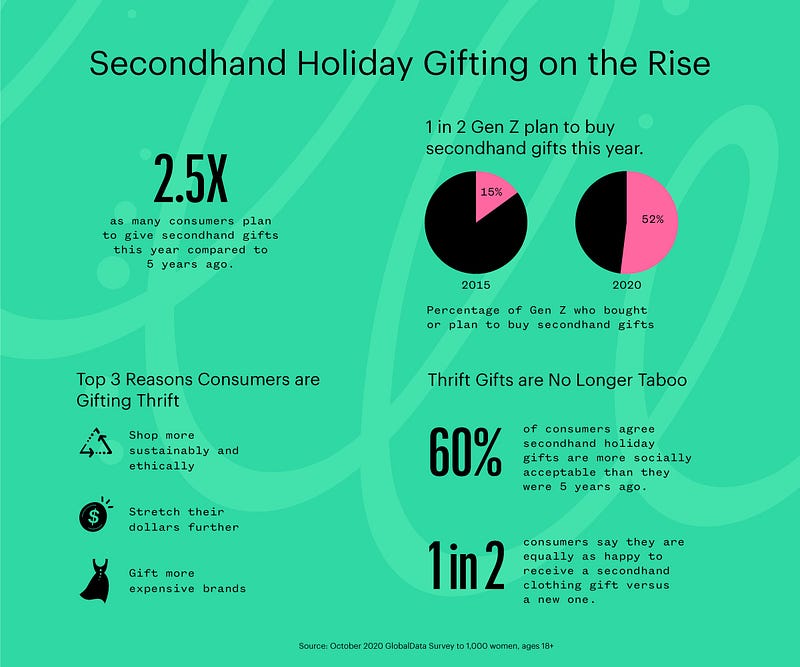
SECONDHAND GIFTING ON THREDUP:
thredUP is already seeing evidence of secondhand gifting as consumers have started holiday shopping earlier this year. thredUP has seen a 73% lift in gift card sales in the past two weeks, and sales have more than tripled this month compared to last month. Further, thredUP has already seen a sales lift in commonly gifted categories like designer and premium brands, as well as new-with-tags items.
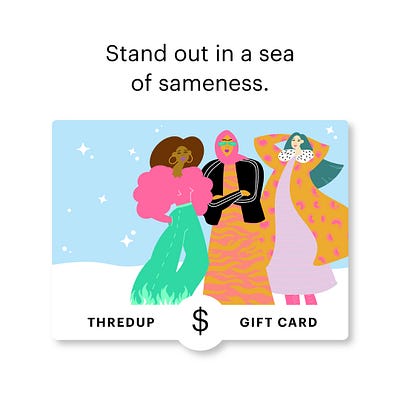
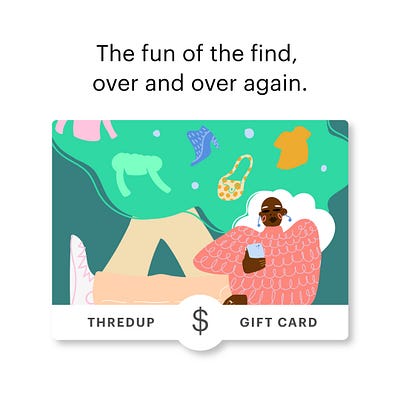

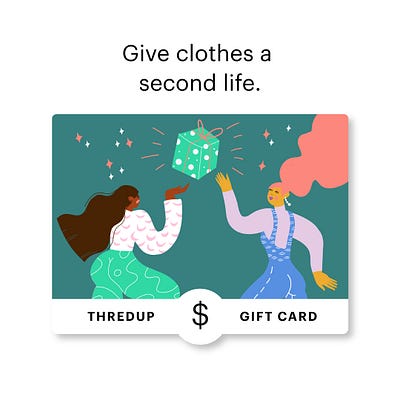
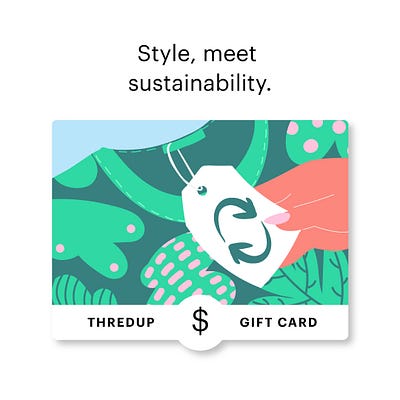
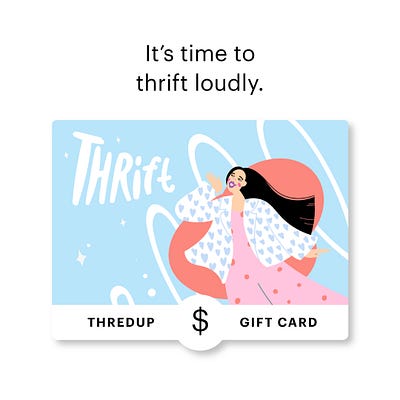
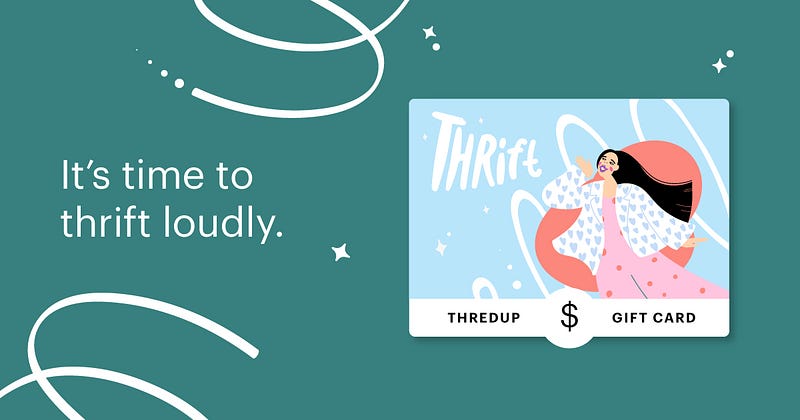
The Impact of Gifting Thrift this Holiday Season:
Buying secondhand gifts instead of new extends the life of products, makes the most of existing resources and diverts materials from landfills. For clothing specifically, if all holiday shoppers bought one gift used instead of new this holiday season, it would save or divert 1.3B lbs of CO2 used in new clothing production, the equivalent of taking nearly 50M cars off the road for one day.(3)
Link to thredUP Holiday Imagery
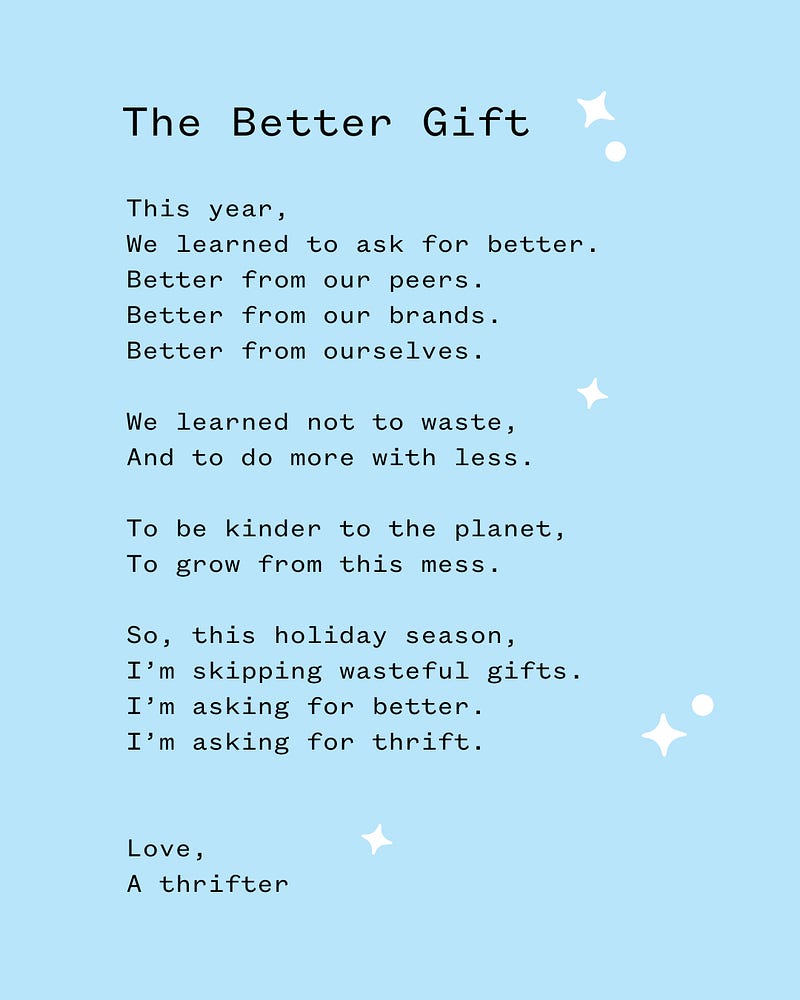
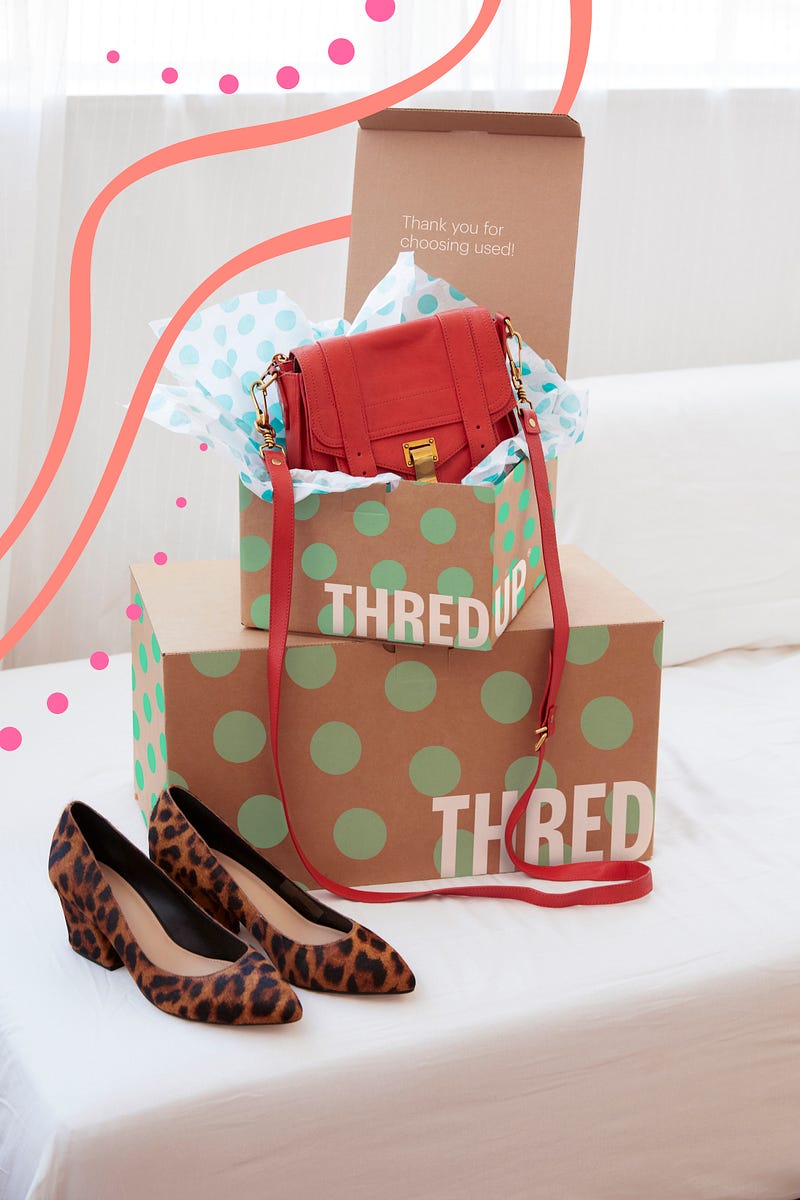
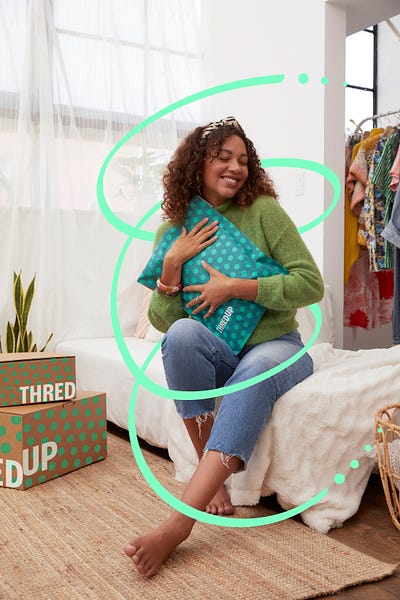


(1) Secondhand included: thrifted, pre-owned, like-new, vintage, and gently used products from a consignment shop, online resale site like eBay or thredUP, or any other secondhand store.
(2) Consumers as defined here constitutes women in the U.S. over the age of 18
(3) This data was quantified by: a) Accounting for 30% of consumers (~76.2M people) to buy clothing gifts this holiday season (Deloitte), b) Accounting for 17.44 lbs of C02 being displaced for every item bought used instead of new, and 28.44 lbs of CO2 displaced if one car is taken off the road for one day (GreenStory, Inc.).
ABOUT THREDUP
In 2009 thredUP set out to make used clothes the new normal and create a more sustainable future for fashion. The company designed a modern resale experience that took the work and risk out of thrift, and converted a generation of secondhand skeptics to fans. Sellers send clothes directly to thredUP by the bagful, and buyers shop quality-checked items from over 35,000 brands at steep discounts. To power this marketplace, thredUP built an infrastructure that has processed 100 million one-of-a-kind garments via proprietary technology, data and logistics. thredUP most recently expanded its platform with Resale-as-a-Service (RaaS) to power resale for the world’s leading fashion brands. As a circular fashion pioneer, thredUP is reducing fashion’s impact on the planet and unlocking economic value for consumers and brands alike.
